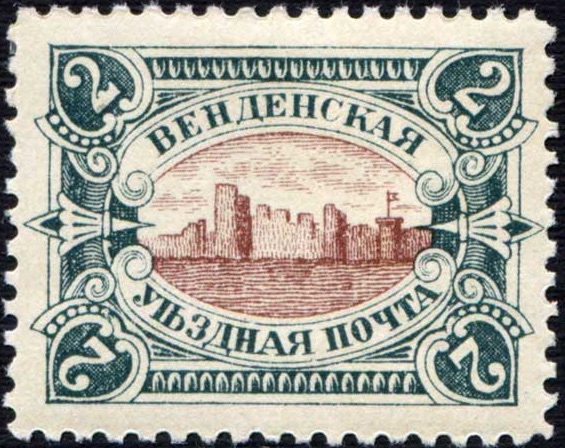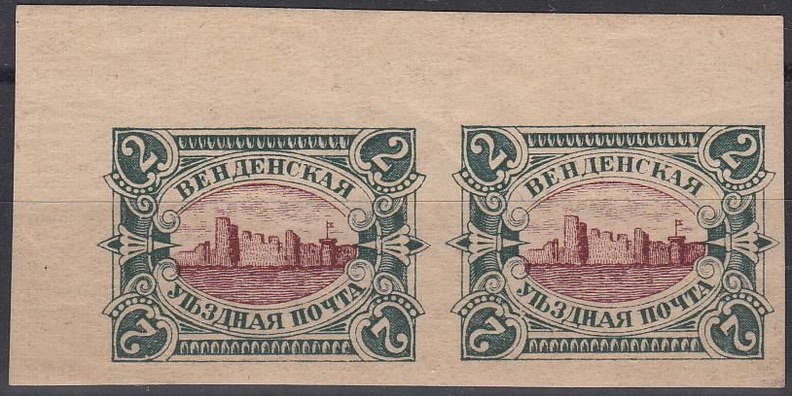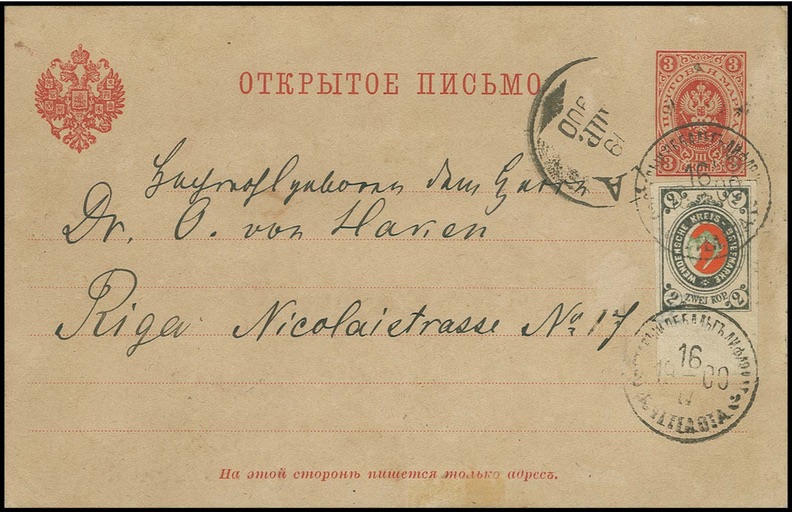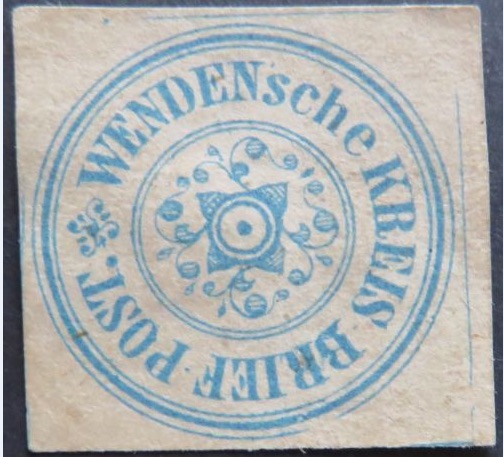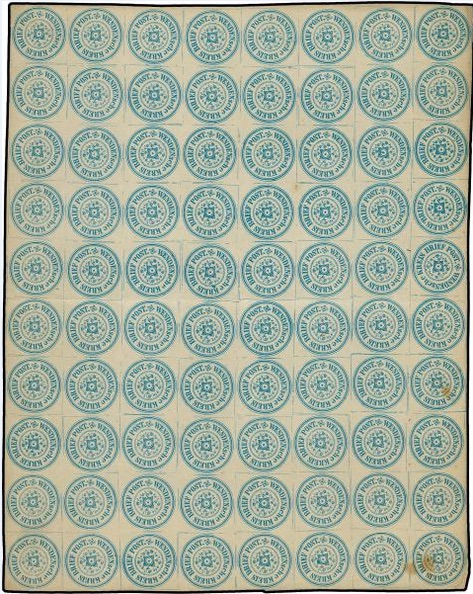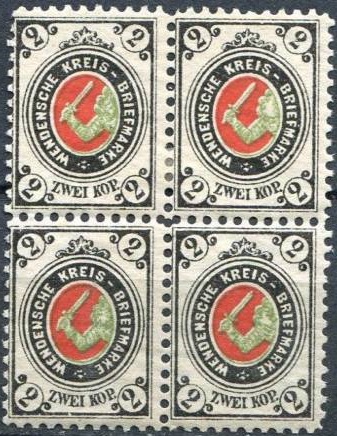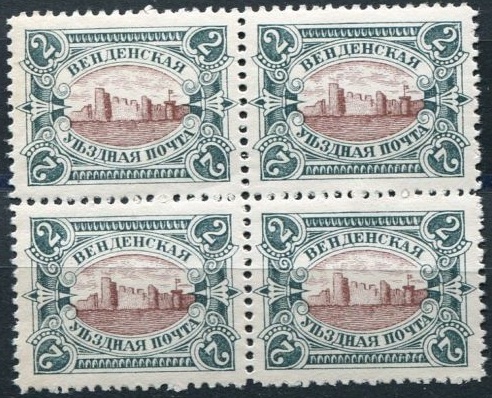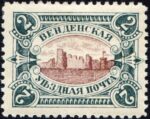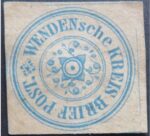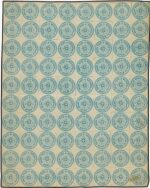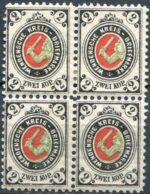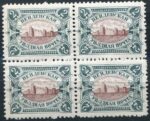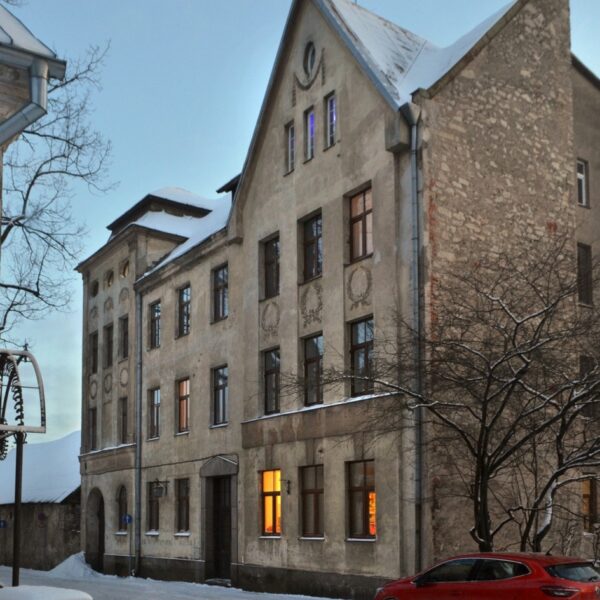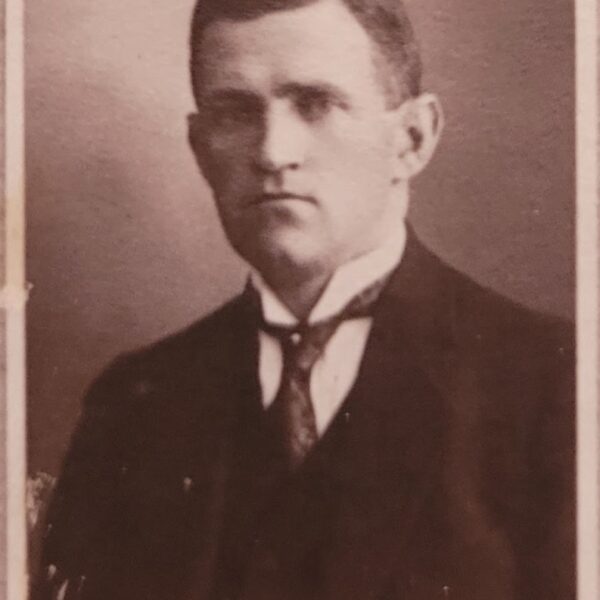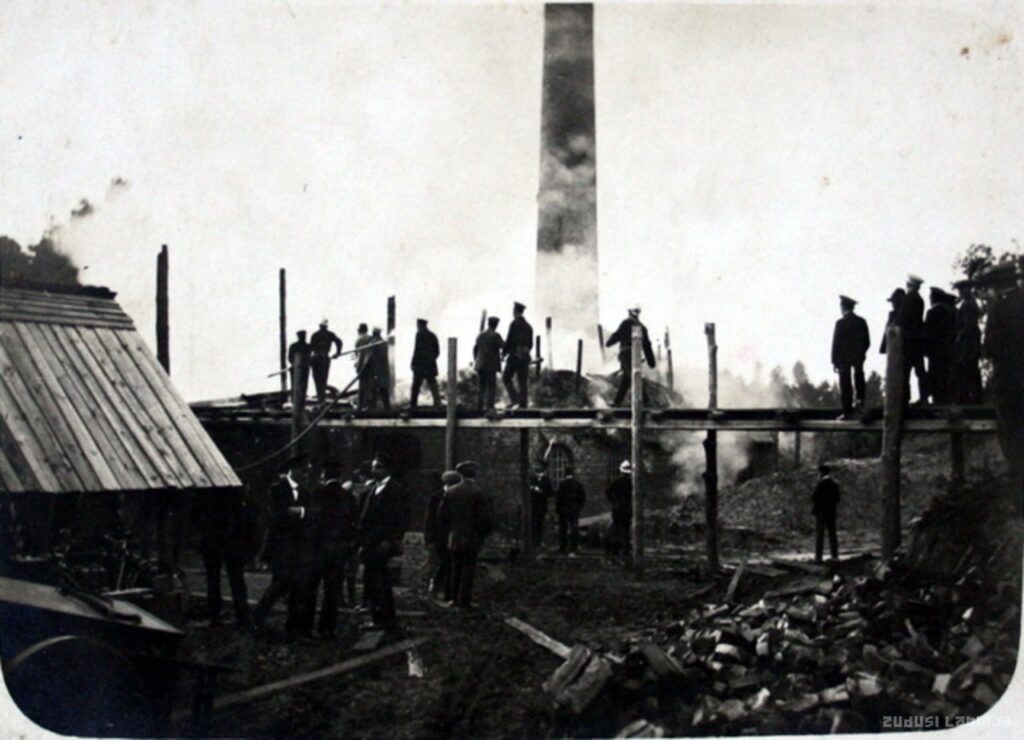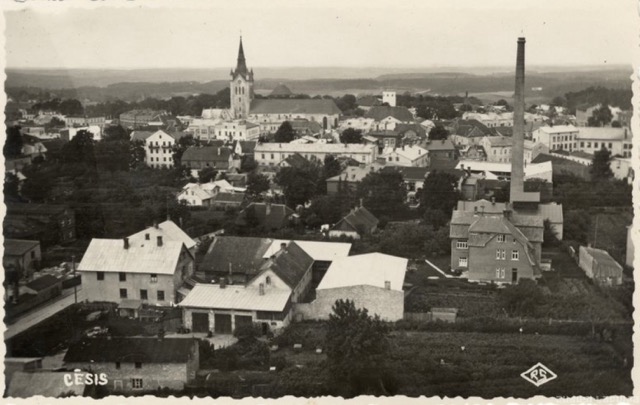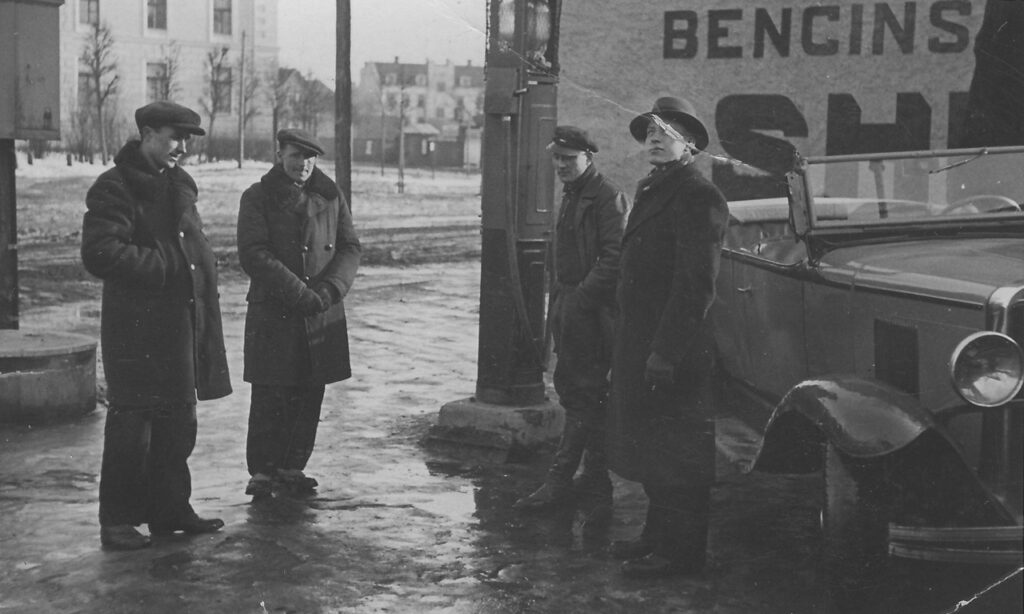While Tsarist Russia was still learning how to come up with the first national stamp, Cēsis was already one step ahead! In the year one thousand eight hundred and sixty-three, a unique historical phenomenon started its activity here – the Cesis District Post Office with its special stamps. These small paper stamps proved to be so important that they have become collectors’ treasures to this day.
The establishment of the Cēsis District Post Office was based on a practical reason: in Tsarist Russia, the post office delivered all correspondence to the Cēsis District only as far as Cēsis, and then it had to be delivered to the municipalities, for which Cēsis charged a special fee. This procedure was officially approved by law in the year one thousand eight hundred and sixty-six, and thus the Cesis District Post Office was born, which operated for forty years, from January one thousand eight hundred and sixty-three to April one thousand nine hundred and twenty-three.
The evolution of stamps began with the trial issue of one thousand eight hundred and sixty-two, a small, unstamped two-cap stamp in blue on yellowish or greyish-yellow paper. They were so small that the postmasters had difficulty attaching them to the stitches of the letter wrappers. Therefore, at the end of the same year, larger-format stamps of two and four kopecks were issued for letters and banderole stamps. Interestingly, a quarter of the stamps of this issue had an upside-down background. The two-cap mark with an inverted background is particularly rare – only ten examples!
In the year one thousand eight hundred and sixty-three, a two-cap stamp in red and green followed, with an oval in the centre and a green centre line. The print run was only eighty. The stamps issued in the year one thousand eight hundred and sixty-four already had the coat of arms of Vidzeme in the green oval, and the mintage of these stamps was also only eighty copies.
In the period from the year one thousand eight hundred and sixty-six to the year one thousand eight hundred and seventy, the green oval was without a centre line. They were produced in an edition of eight hundred copies in two colour versions: a darker red (three hundred copies) and a lighter pink (five hundred copies).
A significant development took place in the year one thousand eight hundred and seventy-one, when stamps were issued that incorporated the central oval in an ornamental semicircular weave. The mintage of this issue had already reached fifty thousand copies. In the year one thousand eight hundred and seventy-two, stamps with a new design were issued: the coat of arms of the Cesis County with a raised hand and a sword appeared in the central oval on a red background. These stamps were already serrated (serration twelve and a half), and their print run reached sixty-six thousand seven hundred and ninety-two copies.
The stamps issued in 18475 (one hundred and six thousand copies) had green backgrounds for the frame and the central oval and red backgrounds for the central oval. There was also a variety in which the number “2” in the top right-hand corner resembled an inverted number “3”. The stamps of the 1 800 78 and 1 800 80 issues had a different design, resembling the stamps of Tsarist Russia in circulation at the time, but with the coat of arms of the Cesis district in the centre. The mintage of the year 1941 was one hundred and seventy-seven thousand three hundred and eighty stamps, and in the year 1968 – four hundred and fifty-nine thousand one hundred and twenty stamps.
The one thousand eight hundred and eighty-fourth edition was printed on three different types of paper: plain white paper (five hundred thousand copies), thicker linen paper (two hundred and seventy-six thousand six hundred and sixty copies) and transparent hemp paper (one hundred and three thousand two hundred and sixty-four copies). These stamps had a tooth of eleven and a half, although untoothed stamps also existed. Several printing and plate errors have been identified in this issue: a false and double impression of the centre coat-of-arms, a hand without colour (white) on the coat-of-arms, etc.
The last stamps of the first year, one thousand nine hundred and nine, had a completely new design – they featured an image of the ruins of Cesis Castle in the centre and, unlike the previous issues, the text was in Russian instead of German. The denomination of these stamps was also two kopecks, the denomination eleven and a half. There were three colour variants: green and brown (one hundred and five thousand), green and maroon (forty-eight thousand four hundred and ninety-four), green and purple-red (only three thousand eight hundred and ninety).
The Cēsis stamps are unique in that they did not have their own cancellation – the postmaster erased them by hand, crossing them out in ink. Only in exceptional cases, when they were used together with Russian stamps, could they receive an official cancellation.
It is especially valuable that the Cēsis stamps were recognised as official and included in international stamp catalogues, which cannot be said about other stamps of the Tsarist Russia. Thus, Latvia had its own recognised stamps even before the founding of the state – a small but significant step towards statehood.
The materials used for the description are:
Raimonds Zalcmanis, compilation“Cēsu apriņķa stamp” (portal Filatelija.lv)
“Pasta-Telegrāfa Dzīve”, No. 2 (01.02.1940)
Collections of the Cēsis Library

